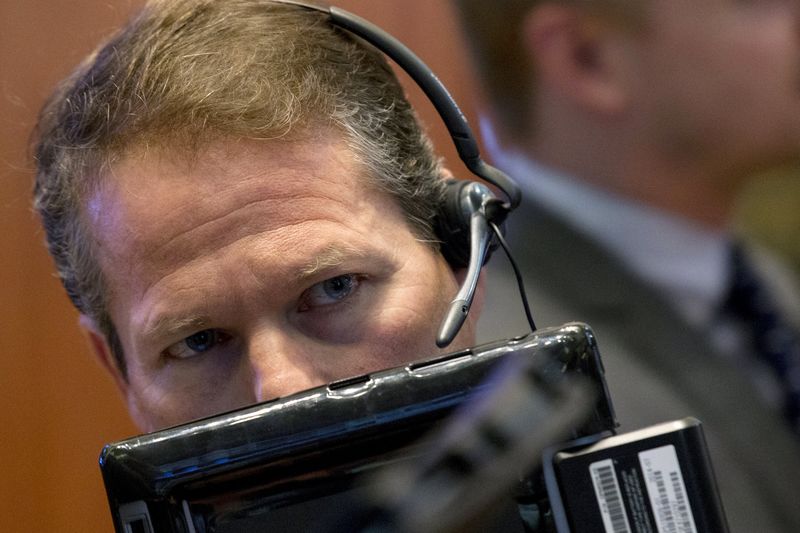With annual headline inflation dipping to 2.8%, which is within the Reserve Bank of Australia’s (RBA) 2-3% target for the first time in three years, many are ready to embrace the hope of an interest rate cut when the board meets today.
Subsidies and assistance compound inflation
But the likelihood has been tempered by the signal interference of government measures, notably electricity subsidies and rental assistance, which some economists believe are taking the place of more sustained economic adjustments.
Recent Australian Bureau of Statistics data underscores this point, revealing power prices to be about 24% lower than they would have been without government support.
While beneficial in the short term, these subsidies are set to expire, eventually shifting full energy costs back onto consumers.
The looming 'payback' period has sharpened the RBA’s focus on core inflation — specifically, the trimmed mean inflation rate, which excludes short-term volatility from such subsidies.
Unlike the headline figure, the trimmed mean fell only slightly to 3.5%, still above the RBA’s goal.
Even as the inflation rate for goods continues to ease, services inflation is rising, reaching 4.6% over the past year.
Measures may bite the government
A raft of measures, from childcare to healthcare, actually present a unique challenge to the RBA’s efforts to temper inflation, some argue, because service-based inflation is 'home-grown', and a reflection of domestic economic dynamics rather than global supply chain disruptions.
Indeed, economists are now sheeting the inflation problem home to these domestically created issues rather than the global headwinds – the government sweeteners may only be masking the issue in the short term.
So what’s the prognosis for interest rates this month?
With a tight labour market and unemployment near 4%, economists and market observers agree that the RBA is unlikely to cut rates soon.
Futures market data from Bloomberg suggests the odds of a November rate cut are slim, at less than 1%, and even a December move is increasingly improbable.
Moreover, February’s anticipated rate cut, once considered a strong possibility, now sits at an uncertain 50-50 as recent inflation data have tempered expectations.
Consumer behaviour will now be the key to any rate decision – and with the silly season on its way, we might just be spending our way to new inflation highs.
